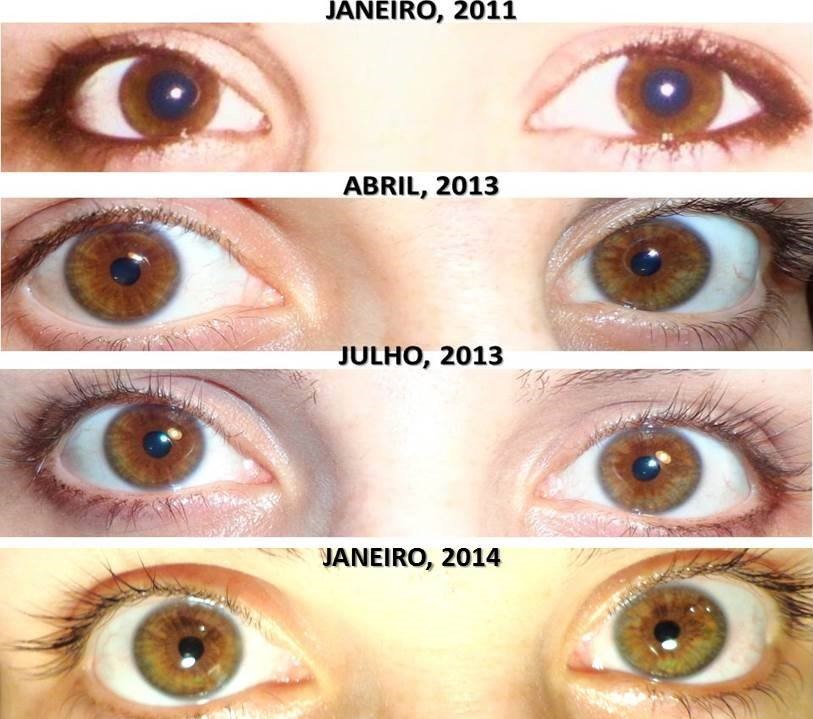Have you ever gazed into the mirror and wished your eyes held a different shade? Perhaps you dreamt of captivating blue eyes like the ocean or a mesmerizing emerald green? While the idea of permanently changing your eye color might seem like something out of a sci-fi movie, it’s a topic that has captivated the imaginations of many for decades. But is this fantasy a reality, or just a stubborn myth that refuses to fade? Dive in with us as we explore the science behind eye color, the current methods for changing it, and the potential for permanent eye color alteration.
Image: eyecandys.com
Eye color is an intriguing aspect of our appearance, often carrying cultural significance and personal aesthetic preferences. It’s determined by the amount and distribution of a pigment called melanin in the iris, the colored part of the eye. This fascinating interplay of genetics, pigmentation, and light scattering creates the diverse spectrum of eye colors we see around us, from the deepest browns to the lightest blues. But can we truly alter this inherent characteristic, and if so, to what extent and for how long?
The Science Behind Eye Color
To understand the possibility of changing eye color, we must first delve into the science behind how it is determined. As mentioned earlier, melanin, the pigment responsible for our skin and hair color, plays a crucial role in eye color as well.
The Role of Melanin
The iris consists of two layers: the front layer, the stroma, and the back layer, the epithelium. Melanin is found in both layers, but its concentration and distribution vary. Here’s how it works:
- Brown eyes have a high concentration of melanin in both the stroma and epithelium, giving them a rich, dark appearance.
- Blue eyes have a lower concentration of melanin in the stroma, allowing light to scatter and reflect back blue wavelengths. It’s important to note that blue eyes do not contain blue pigment – the blue color is created by light scattering.
- Green eyes are a result of an intermediate level of melanin in the stroma, combining the scattering of blue wavelengths with the presence of a slight yellow pigment, resulting in a greenish hue.
- Hazel eyes are a blend of shades, often featuring a mix of brown, green, and even a hint of gold. This occurs due to the presence of lighter and darker areas of melanin within the iris.
The Limitations of Traditional Methods
For centuries, people have been experimenting with methods to change their eye color. From ancient civilizations using natural remedies to modern-day cosmetic products, the pursuit of altering eye color has been ongoing. However, none of these methods have been able to deliver a truly permanent change.

Image: www.yourbodyknows.dk
Eye Drops and Colored Contact Lenses
The most common, and temporary, methods for altering eye color are eye drops and colored contact lenses. Eye drops containing a dye can temporarily darken the iris, but the effect fades quickly. Colored contact lenses, while more effective in providing a temporary color change, can pose risks to the eyes if not properly cared for and prescribed by a qualified eye care professional.
The Quest for Permanent Eye Color Change
The idea of permanently changing eye color has long been a subject of scientific inquiry and speculation. However, the quest for a safe and effective method has proven to be quite challenging.
The Potential of Laser Treatment
One of the most widely discussed methods for permanent eye color change is laser treatment. While research is still ongoing, the concept centers around utilizing laser energy to break down melanin in the iris, potentially leading to a change in eye color. However, concerns remain about the potential risks associated with this technique, including damage to the delicate structures of the eye, visual disturbances, and even blindness.
Gene Editing and the Future of Eye Color Alteration
Another promising area of research involves gene editing technology. This technique offers the possibility of precisely altering the genetic code underlying eye color. While still largely in its early stages, gene editing has the potential to revolutionize both medical treatments and personal appearance modification. However, ethical considerations and potential unintended consequences are major concerns that need to be carefully addressed.
Can You Permanently Change Your Eye Color
Conclusion
The quest to permanently change eye color presents both exciting possibilities and significant challenges. While current methods like eye drops and colored contact lenses offer temporary solutions, the pursuit of permanent alteration requires a thorough understanding of the complex interplay of genetics, pigmentation, and light scattering. As scientific research continues to advance, the possibility of safe and effective permanent eye color change might one day become a reality. However, it is crucial to approach such procedures with caution, seeking expert guidance and factoring in the potential risks and ethical considerations involved.

:max_bytes(150000):strip_icc()/OrangeGloEverydayHardwoodFloorCleaner22oz-5a95a4dd04d1cf0037cbd59c.jpeg?w=740&resize=740,414&ssl=1)




